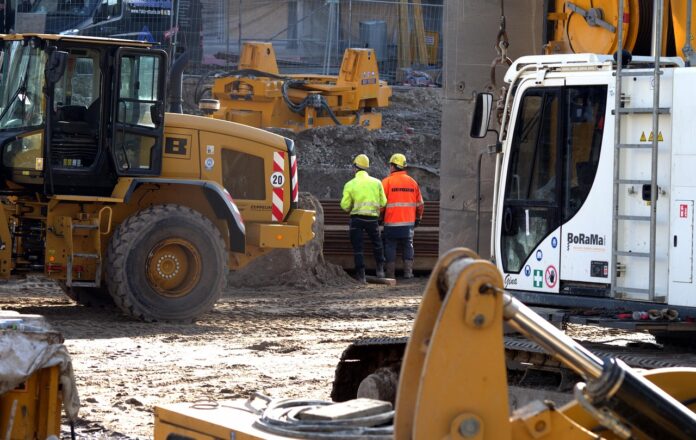Construction is one of the most dynamic industries, but it’s also one of the toughest to manage. Projects are complex, timelines are tight, and budgets rarely leave room for error. If you run or work with a construction company, you know just how many moving parts there are. Yet, despite the challenges, the companies that win are the ones that anticipate problems before they turn into disasters. Let’s take a closer look at some of the most common challenges construction businesses face today.
Rising Material Costs
If you’ve been in construction for a while, you know material prices have been anything but stable. Lumber, steel, concrete, you name it. The prices have spiked multiple times in recent years. This volatility makes estimating project costs tricky and can lead to a thinner profit margin if not handled carefully.
One way companies are managing this is by negotiating bulk purchasing agreements early in the project timeline. Others are working with suppliers who offer price locks for a set period, which can prevent last-minute cost overruns. The key is forecasting as accurately as possible and building a buffer into your estimates.
Labor Shortages
Skilled labor is harder to find than ever. The construction sector still faces a significant shortage of experienced workers. This shortage leads to delays and puts pressure on existing staff. Some companies are partnering with trade schools and apprenticeship programs to grow their talent pipelines. Others are investing in cross-training programs so employees can take on multiple roles on-site when needed. The companies that prioritize workforce development today will be in a much stronger position tomorrow.
Equipment and Material Storage
This is one of those challenges that doesn’t seem urgent until it becomes a real headache. Construction sites often don’t have enough secure, weatherproof space to store materials and equipment. Improper storage can lead to material damage, theft, and costly delays.
Many companies solve temporary storage issues with solutions like on-site storage containers for rent, which provide a secure and weather-resistant place to store tools, materials, and even documents. These containers can be placed right on the job site, keeping everything organized and accessible. It’s a simple fix that saves time, prevents loss, and keeps projects moving.
Safety Compliance
Keeping a job site safe is a legal and moral obligation. Yet maintaining compliance with OSHA standards and state regulations can be challenging, especially on large projects with multiple subcontractors. Companies are addressing this by adopting digital safety management systems. These platforms make it easy to track training, report incidents in real-time, and share updated safety protocols with the crew. Regular toolbox talks and a culture of accountability also go a long way in preventing accidents before they happen.
Project Delays
Bad weather, slow inspection, and supply chain hiccups can throw off even the best-planned schedule. When a task is delayed, it often creates a domino effect that impacts the entire project timeline. Successful firms are leaning into project management software that offers real-time updates and helps teams pivot quickly.
Endnote
Every construction company faces challenges, but the difference between struggling and thriving often comes down to preparation. Irrespective of the challenge, the most successful firms are proactive, not reactive.
